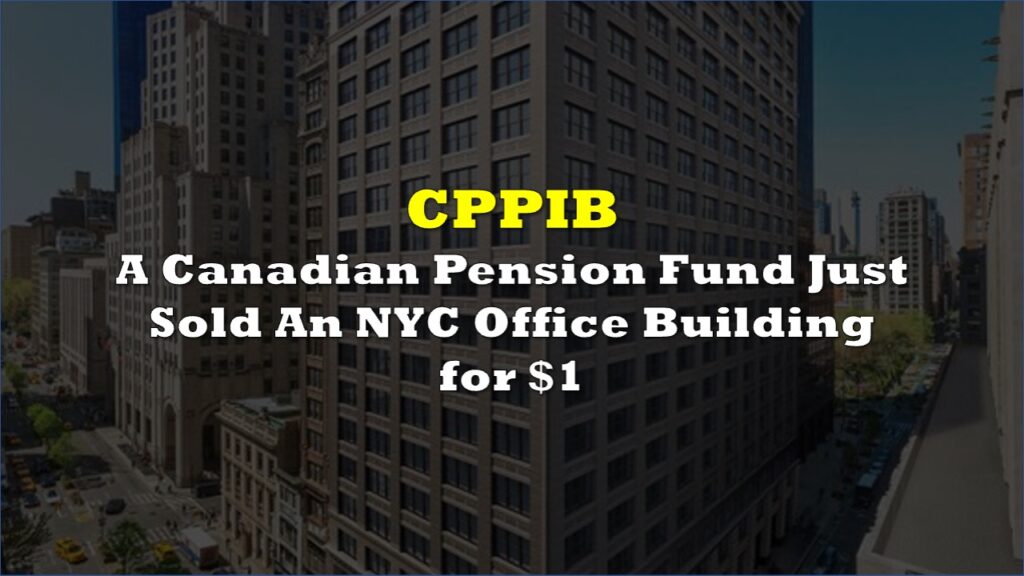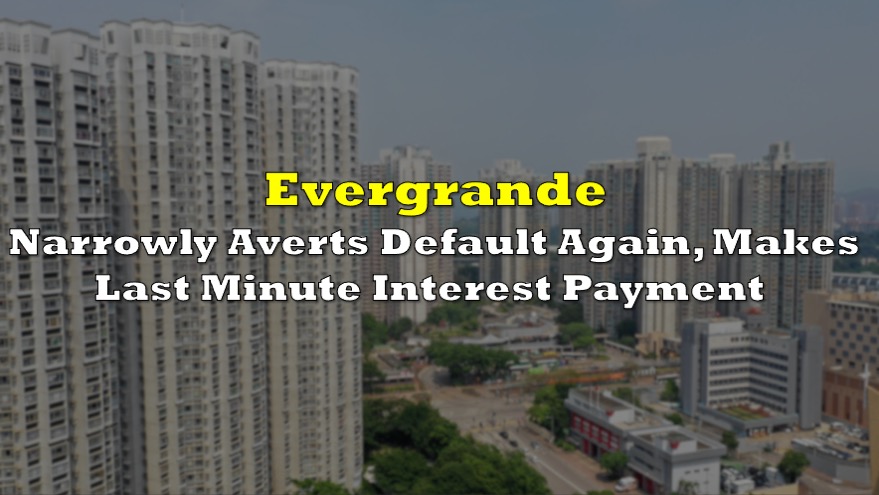Despite the industry-wide economic contractions that resulted from the pandemic and its lockdowns, Canada’s housing industry appears to be very resilient and booming. Many Canadians took upon the opportunity of home ownership during the health crisis, as many have reverted to working from home and spending more time with their family.
This sudden onset in home-buying behaviour has driven Canada’s housing prices to record-highs, and has many analysts bewildered at the one industry that appears to defy all pandemic consequences.
Given the current path of Canada’s housing market, average home prices across the country are slated to reach $693,000 by the end of 2020, which amounts to a 7% increase since the end of last year according to a forecast by Royal LePage. The housing market appears to show significant strength, as more than 97% of regions across Canada have experienced some form of price increase over the previous three months. In fact, the median house price in Toronto reached a staggering $975,980 at the end of September, which is a 11% surge compared to the same time a year prior.
Despite what appears as a strong resiliency in Canada’s housing market, there are some serious risks that are beginning to emerge. Albeit the rise in home prices across much of Canada, downtown metro areas of big cities such as Toronto are experiencing a sudden exodus, with the number of condo listings rising by 215% in September. This sudden reversal in heavily-populated areas such as downtown Toronto means that price declines are to ensue very shortly.
According to CMHC deputy chief economist Aled ab Iorwerth, there appears to a be a housing market divide forming, as the demand for downtown housing declines, and the demand for suburban and rural housing is on the rise. Indeed, some of the largest price gains in Canada’s housing market have been witnessed not in Toronto, but rather suburban cities such as Hamilton, Oshawa, and Mississauga, as well as smaller areas such as the Windsor-Essex, which had the sharpest price increase of 25.8% in August.

Indeed, buyers that have been able to get mortgages at historically-low rates have flocked to more relaxed accommodations in the suburbs, which in turn pushed housing prices to nearly astronomical levels. However, consumer debt levels still remain elevated, and although Canada’s labour market has been rebounding, gains made over the summer could be threatened with another wave of the pandemic, especially as the country enters the winter season.
In fact, housing prices are now above what most Canadian workers can afford, which has pushed some out of the housing market entirely. Conversely, those that have purchased a home during the pandemic face the threat of home value collapse if in fact the CMHC’s bearish market forecast of 9% to 18% price declines do in fact ensue.
Iorwerth notes that the shift in homebuyer’s behaviour as a result of the pandemic is creating an environment for housing market volatility and risks. Although prices have been resilient thus far, the increasing consumer preference for suburban living in leu of downtown locations has caused the condo market to weaken, which can in turn drag down other housing values such as single detached units. Nonetheless, Canada’s housing market is certainly going through a bubble phase compared to the rest of the economy, and given the physics behind bubbles, all will eventually burst.
Information for this briefing was found via CMHC, and Royal LePage. The author has no securities or affiliations related to this organization. Not a recommendation to buy or sell. Always do additional research and consult a professional before purchasing a security. The author holds no licenses.









